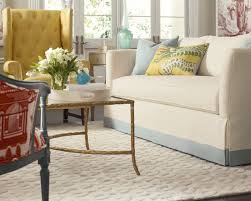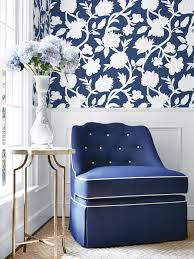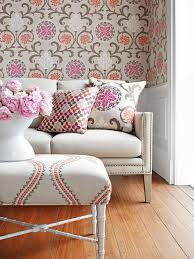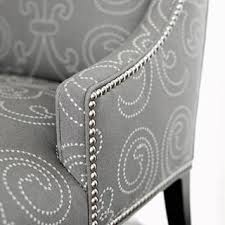Clients often ask me, “How do you know if a fabric will look good on a certain piece of upholstery?”
There is nothing worse than agonizing over a fabric selection for a chair or sofa only to discover weeks later when it is delivered to your home that it just doesn’t work.
Here are a few basic tips to follow when selecting a fabric for upholstery:
-
Look at the lines or silhouette of the piece to be upholstered
- Are the lines clean or busy? Does it have a skirt or legs? Is it tufted? The fabric should follow the lines of the piece. For example, if there is tufting, consider using a simple pattern or one that will not be distorted by the buttons (leather, solid velvets and linens look great on tufted furniture). If the piece has a tall back, consider a stripe that will play to the vertical line. If the pieces is curved, consider a fabric with a subtly fluid pattern.
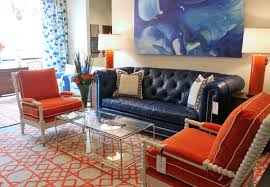
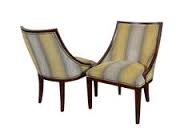
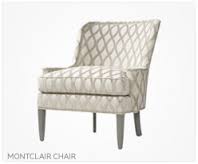
-
Use and function are key!
- Consider the use and purpose of the upholstery when selecting the fabric. Fragile silks, rayons and linens can be tricky on high use pieces. Often these types of fabrics need to have a backing applied to them before upholstering. Most reputable manufacturers will recommend this. It adds stability and strength to the fabric.
-
For very busy households or high use areas, consider using a performance fabric to cover your favorite chair or sofa
- Most textile and furniture manufacturers now offer a wide variety of performance fabrics that are suitable for interior use and offer added protection from sunlight, pets, sticky fingers and messy guests. These fabrics have come a long way from the stiff acrylic fabrics your grandmother had on her porch furniture The new performance textile lines–such as Crypton, Sunbrella or Bella Dura–boast soft, luxurious, sophisticated fabrics that pair beauty with durability.
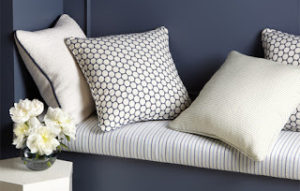
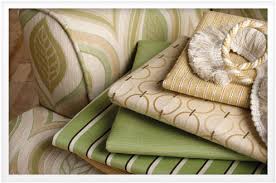
-
Be mindful of the scale and pattern repeat
- Large patterns can be lost when used on a small piece. For example, you would not want to use a fabric with a large repeat on a small dining chair or the top of a bench or small ottoman.
-
Large graphic prints are popular
- They look great on pieces with tight backs (no loose cushions on the seat back). Tip–pair that with a lumbar pillow in a small print to create contrast!
-
Don’t be afraid to use a solid fabric
-
It is not copping out! Solids are restful, elegant and allow you to see the lines of the chair.
And, the Devil is in the Details!
Don’t forget to consider nail trim, contrast pillows and decorative welting or trim. All these elements add personality to the piece and make it your own!
